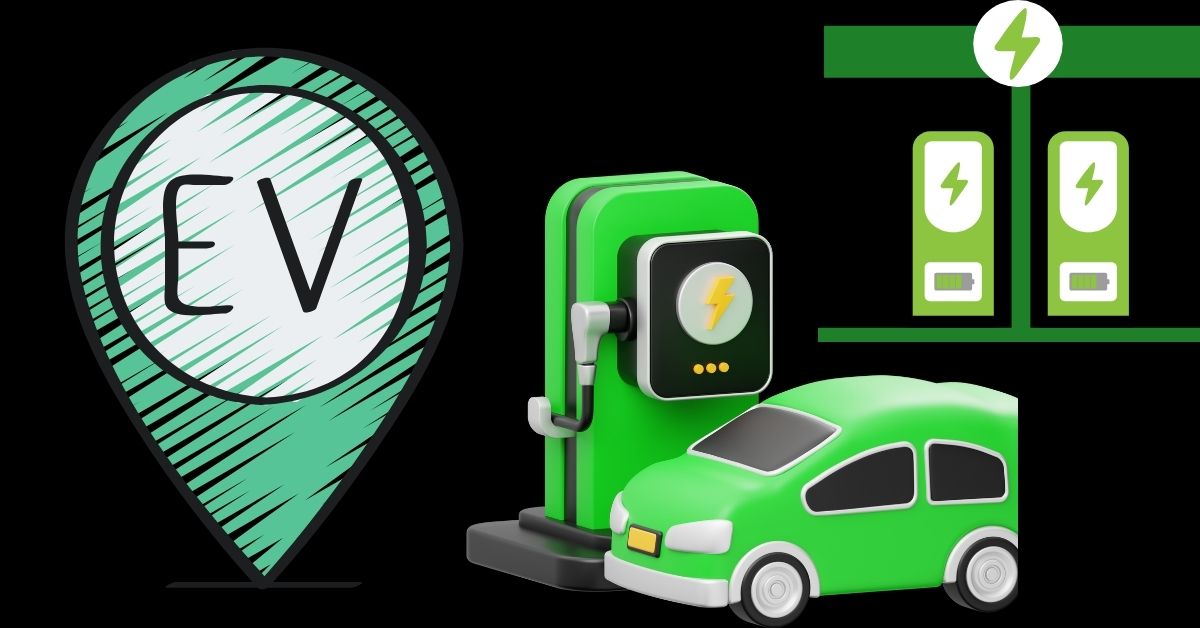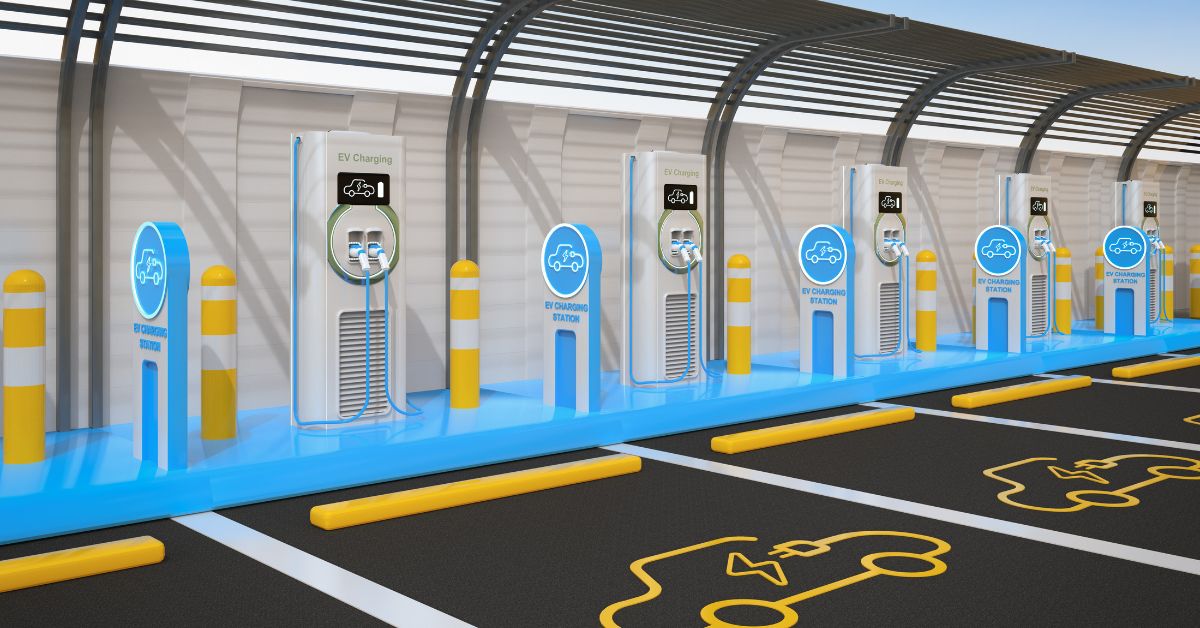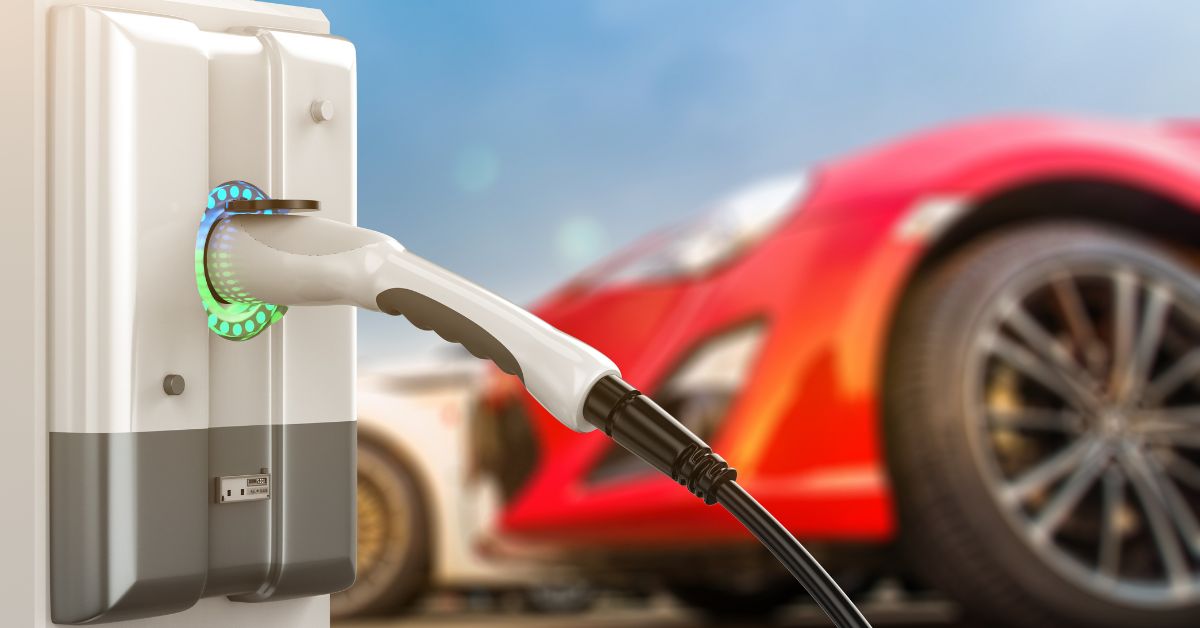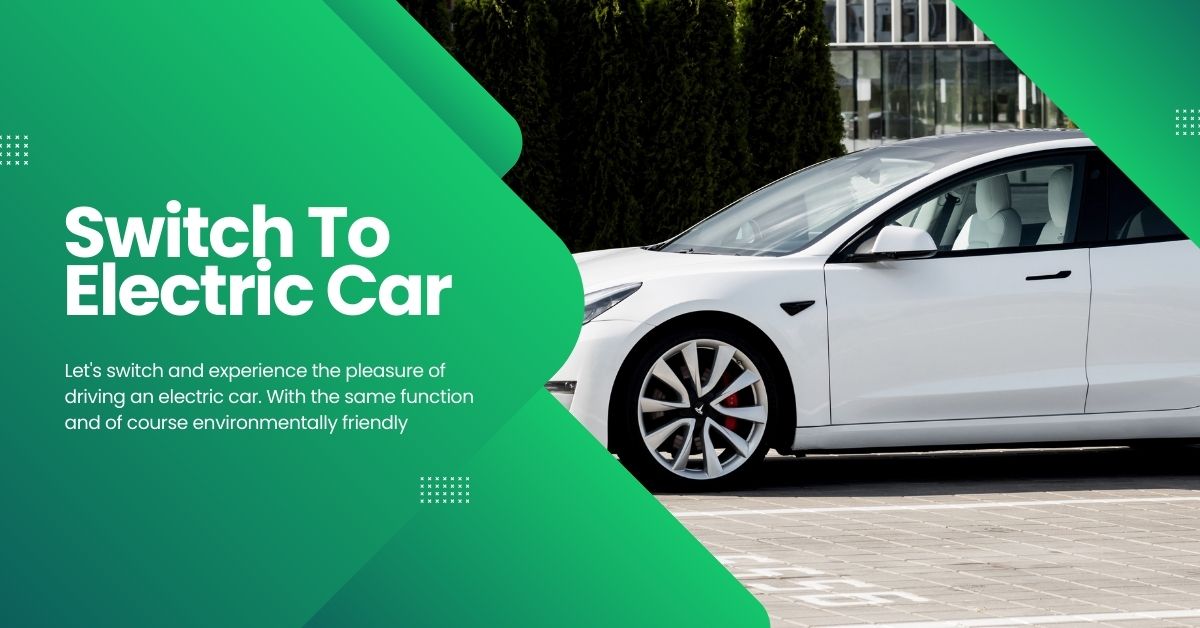Electric Vehicle Article
Electric vehicles article (EVs) are transforming the automotive industry with their zero-emission technology, offering an eco-friendly alternative to traditional gasoline-powered cars. Powered by advanced batteries, EVs provide a quieter, smoother ride while reducing carbon footprints. Explore the latest innovations, benefits, and the growing infrastructure supporting the EV revolution.
Electric Vehicles: Future of Transportation Revolutionizing
The transportation industry is undergoing a significant transformation, with electric vehicles (EVs) at the forefront of this revolution. As concerns about climate change, environmental sustainability, and energy security continue to rise, EVs offer a promising solution to reduce greenhouse gas emissions, decrease dependency on fossil fuels, and create a cleaner, more sustainable future. This article delves deep into the world of electric vehicles, exploring their history, technology, benefits, challenges, and prospects.
Electric Vehicle Article
Electric vehicles (EVs) are transforming the automotive landscape, offering a sustainable and eco-friendly alternative to traditional internal combustion engines. Powered by electricity, these vehicles produce zero tailpipe emissions, significantly reducing air pollution and greenhouse gas emissions. EVs are not just about environmental benefits; they also offer lower operating costs, thanks to reduced fuel and maintenance expenses. With advancements in battery technology, EVs now provide longer ranges, faster charging times, and enhanced performance, making them increasingly viable for everyday use.

As governments and industries worldwide push for a greener future, incentives and infrastructure for EVs are rapidly expanding. Charging stations are becoming more accessible, and innovative technologies, such as regenerative braking and smart grids, are optimizing energy use. Whether you’re an eco-conscious driver or simply curious about the future of transportation, exploring the world of electric vehicles unveils a dynamic shift towards a cleaner, more sustainable world.
1. The History of Electric Vehicles
The Early Beginnings
Electric vehicles are not a modern invention; their history dates back to the 19th century. The first electric vehicle was developed long before the internal combustion engine (ICE) became the dominant force in transportation. In the 1830s, Scottish inventor Robert Anderson built the first crude electric carriage powered by non-rechargeable batteries. However, it wasn’t until the 1870s and 1880s that electric vehicles started to gain traction.
In 1889, William Morrison, an American inventor, created an electric carriage that could travel at speeds of up to 14 miles per hour. By the early 20th century, electric vehicles accounted for a significant portion of the automotive market, particularly in urban areas. They were favored for their quiet operation, ease of use, and lack of harmful emissions.
The Decline of Electric Vehicles
Despite their early success, electric vehicles are faced with stiff competition from gasoline-powered vehicles. The discovery of large oil reserves and the mass production techniques introduced by Henry Ford made internal combustion engine vehicles more affordable and accessible to the general public. The widespread availability of gasoline, combined with the limited range and high cost of early electric vehicles, led to a decline in their popularity.
By the 1930s, electric vehicles had largely disappeared from the roads, and the automotive industry became dominated by gasoline-powered cars. For several decades, electric vehicles remained a niche technology, used primarily in specialized applications such as golf carts and industrial equipment.
Electric Vehicles Resurgence
The oil crises of the 1970s and growing concerns about air pollution and environmental sustainability sparked renewed interest in electric vehicles. Governments and researchers began to explore alternative energy sources and technologies to reduce the transportation sector’s dependence on fossil fuels.
In the 1990s, several automakers, including General Motors, Toyota, and Honda, introduced electric and hybrid vehicles to the market. While these early models had limited success, they laid the groundwork for the development of more advanced EV technologies.
The early 21st century saw significant advancements in battery technology, particularly with the development of lithium-ion batteries. These batteries offered greater energy density, longer range, and faster charging times, making electric vehicles more practical and appealing to consumers.
2. The Technology Behind Electric Vehicles
Electric Drivetrain
At the heart of an electric vehicle is its drivetrain, which consists of the electric motor, battery pack, power electronics, and transmission system. Unlike internal combustion engines, which rely on the combustion of fuel to generate power, electric vehicles use electricity stored in batteries to power an electric motor. This motor converts electrical energy into mechanical energy, driving the wheels of the vehicle.

Battery Technology
The battery is a critical component of any electric vehicle, as it determines the range, performance, and efficiency of the vehicle. Most modern electric vehicles use lithium-ion batteries, which offer a high energy density, long cycle life, and relatively low self-discharge rates.
Lithium-ion batteries consist of two electrodes—an anode and a cathode—separated by an electrolyte. During charging, lithium ions move from the cathode to the anode, storing energy. During discharge, the ions move back to the cathode, releasing energy to power the motor.
Charging Infrastructure
One of the key factors influencing the adoption of electric vehicles is the availability of charging infrastructure. Three types of charging:
- Level 1 Charging: This is the slowest form of charging, typically using a standard 120-volt household outlet. It provides around 2-5 miles of range per hour of charging and is best suited for overnight charging at home.
- Level 2 Charging: This type uses a 240-volt outlet and provides faster charging, typically delivering 10-60 miles of range per hour. Second-level chargers are commonly found in public charging stations, workplaces, and homes.
- DC Fast Charging: Also known as Level 3 charging, DC fast charging uses direct current (DC) to charge the vehicle’s battery quickly, providing up to 80% of the battery’s capacity in 30 minutes or less. These chargers are typically located along highways and major travel routes, enabling long-distance travel for electric vehicles.
Regenerative Braking
Regenerative braking is a key feature of electric vehicles that enhances their efficiency. This energy is then stored in the battery, extending the vehicle’s range and reducing wear on the braking system.
Autonomous Driving and Connectivity
As electric vehicles continue to evolve, many automakers are integrating advanced technologies such as autonomous driving and vehicle-to-everything (V2X) connectivity. Autonomous driving systems use a combination of sensors, cameras, radar, and artificial intelligence to enable vehicles to navigate and operate without human intervention. V2X connectivity allows vehicles to communicate with each other, as well as with infrastructure and pedestrians, improving safety and traffic flow.
3. The Benefits of Electric Vehicles
Environmental Benefits
One of the primary reasons for the growing interest in electric vehicles is their potential to reduce greenhouse gas emissions and combat climate change. Unlike internal combustion engine vehicles, which emit carbon dioxide (CO2) and other pollutants, electric vehicles produce zero tailpipe emissions. When charged with electricity generated from renewable sources such as solar, wind, or hydropower, the overall carbon footprint of an electric vehicle is significantly lower than that of a conventional vehicle.
Energy Efficiency
Electric vehicles are inherently more energy-efficient than gasoline-powered vehicles. The efficiency of an electric motor typically ranges from 85% to 90%, compared to 20% to 30% for an internal combustion engine. This means that a larger percentage of the energy stored in the battery is used to power the vehicle, resulting in lower energy consumption and operating costs.
Reduced Operating Costs
Electric vehicles offer lower operating costs compared to traditional vehicles. Electricity is generally cheaper than gasoline or diesel, and electric vehicles require less maintenance due to the absence of complex components such as the engine, transmission, and exhaust system. There is no need for oil changes, spark plugs, or exhaust repairs, and regenerative braking reduces wear on brake pads.
Energy Independence
The widespread adoption of electric vehicles can contribute to energy independence by reducing reliance on imported oil. Many countries are heavily dependent on oil imports, making them vulnerable to fluctuations in oil prices and geopolitical tensions. By transitioning to electric vehicles, which can be powered by domestically produced electricity, countries can enhance their energy security and reduce their exposure to global oil markets.
Improved Air Quality and Public Health
Electric vehicles contribute to improved air quality, particularly in urban areas where vehicle emissions are a major source of pollution. The reduction of harmful pollutants such as nitrogen oxides (NOx) and particulate matter (PM) can lead to better public health outcomes, including lower rates of respiratory and cardiovascular diseases.
4. The Challenges Facing Electric Vehicles
Range Anxiety
The range anxiety refers to the fear that an electric vehicle will run out of charge before reaching its destination. While modern electric vehicles have significantly improved their range, this concern remains a barrier to adoption for many consumers. The availability and accessibility of charging infrastructure play a crucial role in alleviating range anxiety.

Charging Time
Despite advancements in charging technology, the time required to charge an electric vehicle remains longer than refueling a gasoline-powered car. While DC fast charging can provide a quick boost, it is still slower than filling up a gas tank. The development of ultra-fast charging technologies and solid-state batteries could help address this challenge in the future.
Battery Cost and Resource Availability
The cost of batteries remains one of the most significant challenges in the widespread adoption of electric vehicles. While prices have decreased substantially over the past decade, batteries still represent a significant portion of the overall cost of an electric vehicle. Additionally, the production of batteries relies on critical minerals such as lithium, cobalt, and nickel, which are subject to supply constraints and geopolitical risks.
Recycling and Disposal of Batteries
As the number of electric vehicles on the road increases, so too does the need for effective recycling and disposal of batteries. Lithium-ion batteries contain valuable materials that can be recovered and reused, but the recycling process is complex and energy-intensive. Developing efficient and sustainable battery recycling methods is essential to minimizing the environmental impact of electric vehicles.
Market Penetration and Consumer Acceptance
While electric vehicles have made significant strides in recent years, they still represent a small fraction of the global automotive market. Consumer acceptance is influenced by various factors, including the perceived cost, convenience, and reliability of electric vehicles, as well as awareness of their environmental benefits. Education, incentives, and continued improvements in technology and infrastructure are key to increasing market penetration.
5. The Future of Electric Vehicles
The future of electric vehicles (EVs) is poised to be transformative, shaping the way we think about transportation, energy consumption, and environmental stewardship. As technology continues to advance and societal shifts toward sustainability gain momentum, EVs are expected to become more prevalent, accessible, and integrated into our daily lives. In this section, we explore the key trends, innovations, and challenges that will define the future of electric vehicles.
Advances in Battery Technology
Battery technology is at the core of the electric vehicle revolution, and its continued evolution will be crucial in shaping the future of EVs. Current research and development efforts are focused on several key areas:

- Solid-State Batteries: One of the most promising advancements in battery technology is the development of solid-state batteries. This innovation offers several advantages, including higher energy density, faster charging times, and improved safety due to reduced risk of overheating or fire. Solid-state batteries could potentially double the range of electric vehicles while significantly reducing charging times.
- Lithium-sulfur and Lithium-Air Batteries: These next-generation battery chemistries are being explored for their potential to deliver even greater energy density than lithium-ion batteries. Lithium-sulfur batteries, for example, could offer up to five times the energy density of current lithium-ion batteries, while lithium-air batteries could theoretically provide energy densities comparable to gasoline.
- Recycling and Second-Life Applications: As the number of electric vehicles on the road increases, the demand for sustainable battery recycling and repurposing solutions will grow. Advances in recycling technologies will enable the recovery of valuable materials used in batteries, reducing the need for new raw materials and minimizing environmental impact. Additionally, second-life applications for EV batteries, such as energy storage for renewable energy systems, will extend their usefulness beyond their automotive lifespan.
Expansion of Charging Infrastructure
The future success of electric vehicles is closely tied to the expansion and enhancement of charging infrastructure.
- Ultra-Fast Charging: The development of ultra-fast charging networks, capable of delivering 300-500 miles of range in just a few minutes, will make electric vehicles more convenient for long-distance travel. Companies and governments are investing heavily in the deployment of these high-power charging stations along major highways and in urban centers.
- Wireless Charging: Wireless, or inductive, charging technology is another area of innovation that could simplify the charging process. This technology allows electric vehicles to be charged simply by parking over a charging pad, eliminating the need for physical connectors. Wireless charging could also be integrated into roads, enabling dynamic charging while driving, further extending the range and convenience of EVs.
- Smart Charging and Grid Integration: As electric vehicles become more widespread, their integration with the electrical grid will become increasingly important. Smart charging systems will allow EVs to communicate with the grid, optimizing charging times to coincide with periods of low demand or high renewable energy generation. Vehicle-to-grid (V2G) technology will enable EVs to act as mobile energy storage units, feeding electricity back into the grid during peak demand times, thus supporting grid stability and resilience.
Autonomous Electric Vehicles
Autonomous driving technology is set to revolutionize transportation, and electric vehicles are at the forefront of this transformation. The combination of electric powertrains with autonomous driving systems offers numerous benefits:
- Increased Efficiency: Autonomous vehicles can optimize driving patterns, reduce traffic congestion, and minimize energy consumption by maintaining smooth acceleration and braking. This can lead to longer ranges and lower operating costs for electric vehicles.
- Safety Improvements: Autonomous driving systems are designed to reduce human error, which is a leading cause of traffic accidents. As these systems become more advanced and widespread, they have the potential to significantly improve road safety.
- Shared Mobility: The rise of autonomous electric vehicles will likely drive the growth of shared mobility services, such as ride-hailing and car-sharing. These services can reduce the need for individual car ownership, decrease the number of vehicles on the road, and lower overall transportation emissions.
Government Policies and Incentives
Government policies and incentives will continue to play a critical role in shaping the future of electric vehicles. As countries and regions set ambitious targets for reducing greenhouse gas emissions and transitioning to sustainable transportation, a variety of measures are being implemented:
- Zero-Emission Vehicle Mandates: Some regions, such as California and the European Union, have introduced zero-emission vehicle (ZEV) mandates, requiring a certain percentage of new vehicle sales to be electric or hydrogen-powered. These mandates are expected to accelerate the adoption of electric vehicles and spur further innovation in the industry.
- Financial Incentives: Governments are offering a range of financial incentives to encourage the purchase of electric vehicles, including tax credits, rebates, and reduced registration fees. Additionally, incentives for installing home charging stations and investing in charging infrastructure are helping to lower the barriers to EV adoption.
- Fuel Economy and Emission Standards: Stricter fuel economy and emission standards for internal combustion engine vehicles are driving automakers to invest in electric vehicle technology. As these standards become more stringent, the shift toward electric vehicles will likely accelerate.
The Role of Renewable Energy
The future of electric vehicles is closely intertwined with the growth of renewable energy. As the world transitions to cleaner sources of electricity, the environmental benefits of electric vehicles will become even more pronounced. Key developments include:
- Renewable Energy Integration: The increasing use of solar, wind, and other renewable energy sources to power the grid will reduce the carbon footprint of electric vehicles. In regions with high penetration of renewables, charging an EV can be nearly emission-free, contributing to a more sustainable energy system.
- Solar-Powered Charging Stations: Solar-powered charging stations are becoming more common, particularly in areas with abundant sunlight. These stations generate electricity on-site using solar panels, providing a clean and renewable energy source for electric vehicles. In some cases, excess energy can be stored in batteries for use during periods of low sunlight or high demand.
- Energy Storage Solutions: As renewable energy sources are often intermittent, energy storage solutions such as batteries and pumped hydro storage are essential for ensuring a stable and reliable power supply. Electric vehicles, with their large battery capacities, can play a role in this ecosystem by storing excess renewable energy and feeding it back into the grid when needed.
Challenges and Considerations
While the future of electric vehicles is promising, several challenges and considerations must be addressed to ensure a successful transition:
- Resource Sustainability: The production of electric vehicles, particularly batteries, requires significant amounts of raw materials such as lithium, cobalt, and nickel. Ensuring the sustainable and ethical sourcing of these materials, as well as developing alternatives and recycling methods, will be crucial to avoiding environmental and social impacts.
- Grid Capacity and Stability: As the number of electric vehicles on the road increases, the electricity demand will grow. Ensuring that the electrical grid can handle this increased demand, particularly during peak charging times, will require careful planning and investment in grid infrastructure and management systems.
- Consumer Acceptance: While electric vehicles are gaining popularity, some consumers remain hesitant due to concerns about range, charging availability, and cost. Continued education, outreach, and demonstration of the benefits of electric vehicles will be essential in overcoming these barriers and driving widespread adoption.
- Economic Impacts: The transition to electric vehicles will have significant economic implications, particularly for industries related to internal combustion engines, such as oil and gas, automotive manufacturing, and maintenance services. Managing this transition in a way that minimizes job losses and supports workers in affected industries will be a key consideration for policymakers.
The Global Perspective
The adoption of electric vehicles varies significantly across different regions, driven by factors such as government policies, infrastructure development, economic conditions, and consumer preferences. Key trends include:
- Europe: Europe has emerged as a leader in electric vehicle adoption, driven by stringent emissions regulations, government incentives, and a strong commitment to sustainability. Countries like Norway, the Netherlands, and Germany have seen rapid growth in EV sales, supported by extensive charging networks and favorable policies.
- China: One of the largest markets for electric vehicles, accounting for over half of global EV sales. The Chinese government has implemented a range of measures to promote EV adoption, including subsidies, mandates, and investments in charging infrastructure. As a result, Chinese automakers have become major players in the global EV market, with companies like BYD and NIO leading the way.
- United States: The United States has seen steady growth in electric vehicle adoption, driven by consumer demand, government incentives, and the efforts of companies like Tesla. However, adoption rates vary widely across the country, with states like California leading the way while others lag. Continued expansion of charging infrastructure and supportive policies will be essential for further growth.
- Developing Countries: In many developing countries, the adoption of electric vehicles is still in its early stages, limited by factors such as infrastructure, affordability, and awareness. However, as technology becomes more accessible and affordable, and as governments recognize the potential benefits of EVs for reducing pollution and dependence on imported fuels, adoption is expected to increase.
Vision for the Future
Looking ahead, the vision for the future of electric vehicles is one of transformation and opportunity. By 2040, it is estimated that electric vehicles could account for over half of all new car sales globally, with millions of EVs on the road contributing to a cleaner, more sustainable transportation system.
In the future, electric vehicles will not only be a common sight on city streets and highways but they will also be integrated into the broader energy ecosystem. Homes equipped with solar panels and battery storage will use electric vehicles as part of a smart, decentralized energy grid, where vehicles and buildings share energy resources dynamically.
Smart charging of electric vehicles
Smart charging of electric vehicles (EVs) refers to the advanced management and optimization of the charging process using intelligent systems and technology. This approach aims to balance the needs of the grid, the environment, and the user’s preferences, making the charging process more efficient, cost-effective, and sustainable. Here’s how smart charging works and its benefits:

How Smart Charging Works
- Dynamic Load Management: Smart charging systems can adjust the charging speed of EVs based on real-time data from the power grid. If the grid is under high demand, the charging rate can be reduced, and during off-peak times, it can be increased. This helps in balancing the overall load on the grid.
- Time-of-Use (TOU) Pricing: Smart chargers can be programmed to charge the vehicle during off-peak hours when electricity is cheaper. This not only reduces the cost for the EV owner but also helps in reducing the load on the grid during peak hours.
- Renewable Energy Integration: Smart charging systems can integrate with renewable energy sources, such as solar panels. They can prioritize charging during times when renewable energy is most available, reducing reliance on fossil fuels and lowering the carbon footprint of EV charging.
- User Preferences: Users can set their preferences in terms of when they need their vehicle charged and at what level. The smart charging system can then optimize the charging process to meet these preferences while considering grid conditions and energy costs.
- Vehicle-to-Grid (V2G) Technology: Some smart charging systems support V2G, where the EV can discharge electricity back into the grid during peak demand. This turns the vehicle into a mobile energy storage unit, helping to stabilize the grid.
Benefits of Smart Charging
- Cost Savings: By charging during off-peak hours or when renewable energy is abundant, EV owners can reduce their electricity bills.
- Grid Stability: Smart charging helps in maintaining the stability of the electrical grid by avoiding overloading and facilitating better distribution of energy.
- Environmental Impact: By integrating with renewable energy sources and reducing reliance on fossil fuels, smart charging contributes to lower greenhouse gas emissions.
- Convenience: Smart charging systems offer convenience to users by automating the charging process based on their preferences and ensuring the vehicle is ready when needed.
- Extended Battery Life: By optimizing charging patterns, smart charging can help prolong the life of the EV battery, reducing the need for replacements.
Smart charging is a critical component of the future of electric vehicles, making the transition to electric mobility more efficient, sustainable, and user-friendly.
Click Here to Know More About Electric Vehicle Article
Click Here to Know More About Electric Vehicle Advantages and Disadvantages
